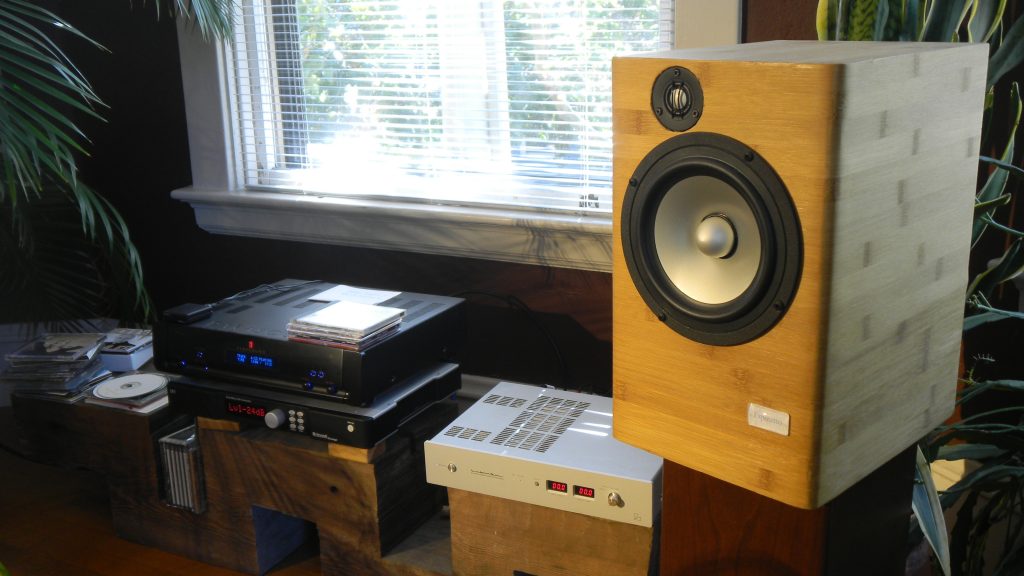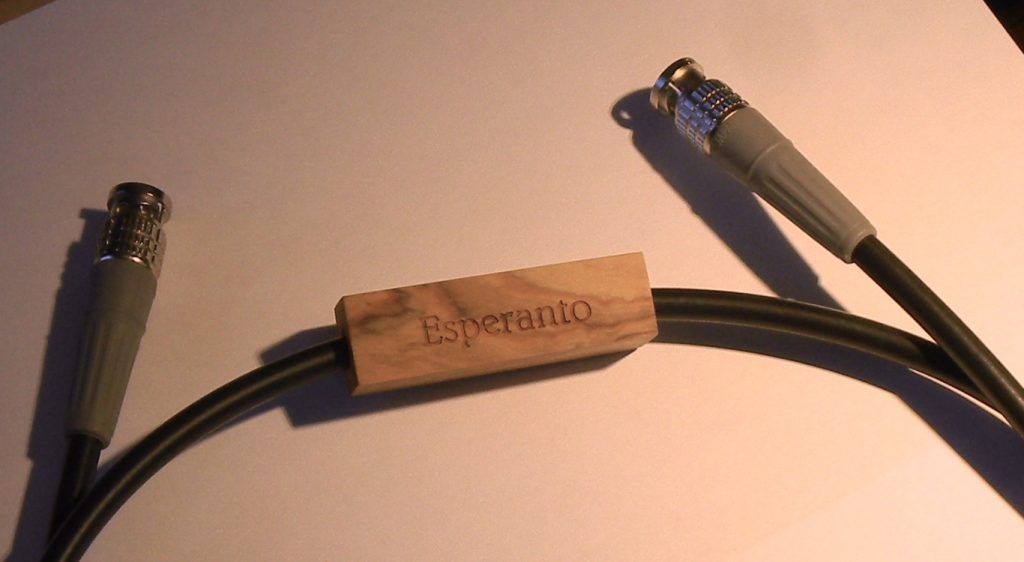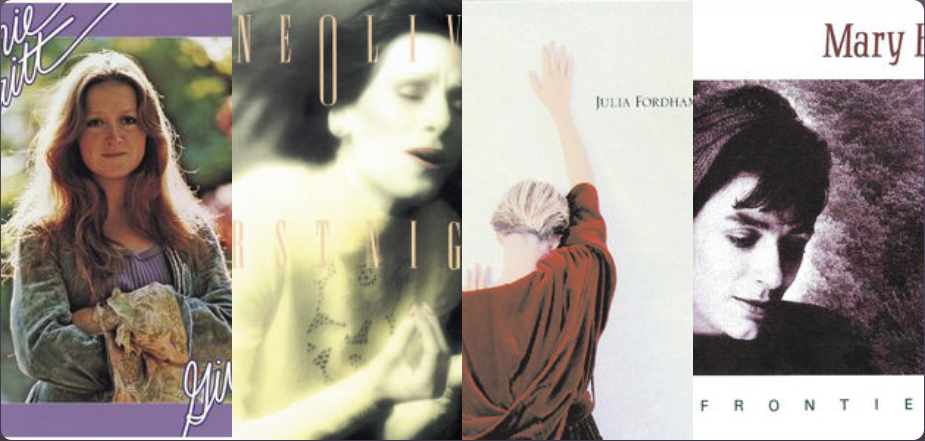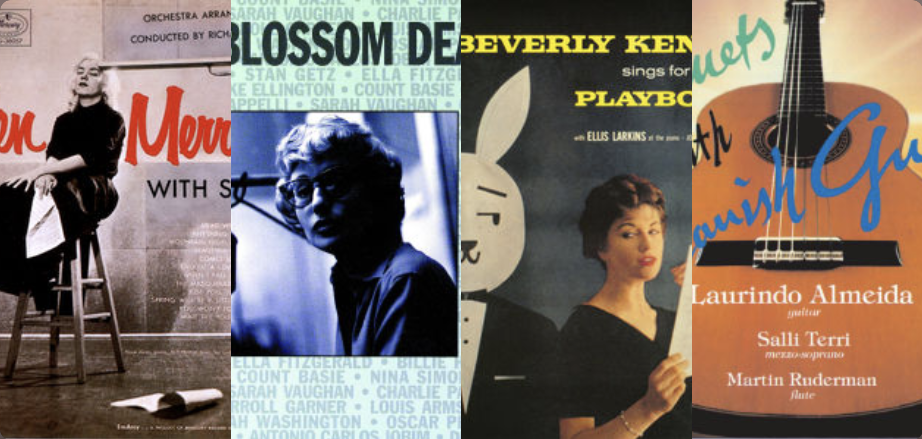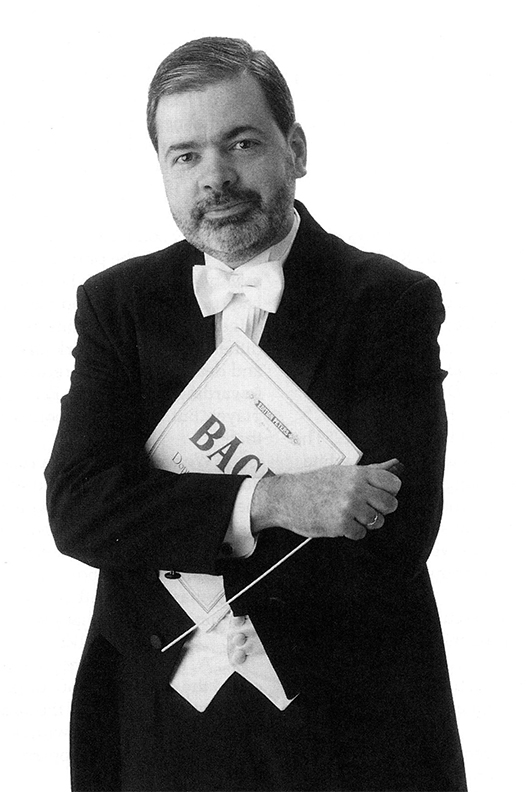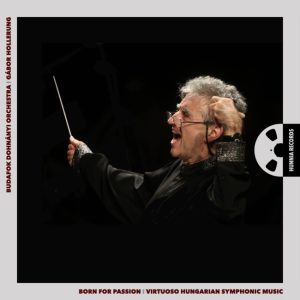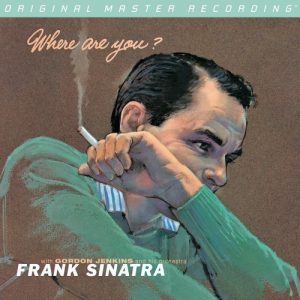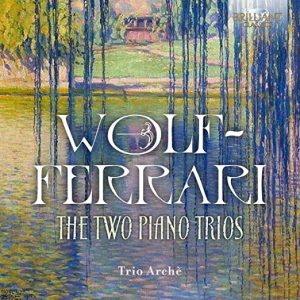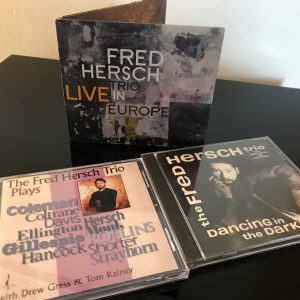Who can gainsay Bach? Like Mozart or Beethoven, he is a towering figure. I don't know exactly how many recordings that I have of The Art of the Fugue over the decades now, but I do know that I have a lot of them, but not this one by The Emerson Quartet!
And so, one more? Well, why not?! Once again our guide to things musical, John Marks, brings us a real treat. This is a fresh performance of The Art of the Fugue by the Emerson String Quartet, on the DG label. Measured, deliberate, and delivered with deep feeling, this recording is a worthy new rendition worthy of attention and serious listening. As always, John's comments elucidate the music and educate us, all at the same time. His writing is a delight. Do be sure that you visit his blog site, The Tannhauser Gate, at http://www.thetannhausergate.com. It repays repeated readings.
Well, then, John recommends this recording; after listening, so do I. Sit back and enjoy the brilliance of Bach via an inspired string ensemble, a gift from God to a suffering humanity....
Dr. David W. Robinson, Ye Olde Editor
Courtesy of Deutsche Grammophon; cover photo by Marco Borggreve.
The Emerson String Quartet: J.S. Bach, The Art of the Fugue, BWV 1080
CD Deutsche Grammophon 474 495-2
(Streaming via Tidal; no hi-rez download appears available.)
Recorded January and February 2003 at the American Academy of Arts and Letters, New York City. Da-Hong Seetoo, producer and engineer.
One of the bits of musical non-trivia that I have carted around me for ages is the fact that American composer Roy Harris (whose third symphony is for me the best example of mid-twentieth-century, typically exuberant American musical creativity) also, with collaborator M.D. Herter Norton transcribed for string quartet Bach's The Art of the Fugue.
M.D. Herter Norton, by the way, was Margaret (also sometimes Mary; and, informally Polly) Dows Herter, who with her husband W.W. Norton founded the publishing firm that bears his name. (W.W. Norton is still a major publisher—if not the major publisher—of music-history texts and anthologies for college use in the English-speaking world.) Margaret Norton was a violinist, an independent scholar of music, and translator from the German of about a dozen volumes of the poetry of Rainer Maria Rilke. She was very important in the early years of the American Musicological Society, as well as co-authoring, editing, or translating articles for the The Musical Quarterly.
Further down, there is a scan of the cover of that score, from 1936. And generous sound samples. I think most music lovers will find this CD (or the stream from Tidal) extremely rewarding.
Roy Harris' idea, after all, was not crazy. First, Bach did not specify instrumentation. Although the score was unfinished, I think that had Bach wanted to specify particular musical forces, he would have done so at the beginning of the score.
As a practical matter, the options to perform The Art of the Fugue in the modern era include piano, harpsichord, or organ; or some instrumental ensemble. (OK, I guess the Swingle Singers could vocalize it—but would you really want to listen to 70 minutes of that?).
Piano is monochromatic; harpsichords can be jangly; organs are mostly found in churches; and mixed instrumental ensembles' tonal distinctions can overemphasize differences while underplaying the commonality of the musical lines. Whereas a string quartet's shared tone color can lend a transparency to the texture of the scoring and provide supple balance to the interweaving musical lines. The liner notes to the Emerson Quartet's CD do not credit the transcriber, so we can assume that this was not played from the Harris/Herter Norton score.
There is no question that the Emerson Quartet thought very deeply about every aspect of this music, to the extent of reversing the seating of the quartet for the inverted portion of the mirror canons, and having the second violin play viola (and the violist play tenor viola), so that low notes in some numbers that are not available to their usual instruments can be heard. Also important to point out is that several of the numbers (three out of 21) are played as string trios (as was the case in the Harris/Herter Norton score). This lends both variety, and even greater transparency. I found the trios to be the most affecting parts of the recording.
J.S. Bach left off working on The Art of the Fugue because of ill health and encroaching blindness. Therefore, the final fugue in the manuscript ends suddenly. There is a story that on his deathbed, Bach dictated revisions to his chorale "Wenn wir in höchsten Nöthen sein" to make up for the unfinished nature of the score. That tradition is followed here. It goes without saying that the string playing is world-class; very clear in timbre but not sounding cold, with pristine, non-Romanticized execution. The sound world is (at least for me) very easy to get into. Chamber-scaled Bach on string instruments tuned to modern concert pitch of A = 440Hz is not jarring. After all, the string-quartet form did not exist in Bach's lifetime.
The recorded sound is excellent, and the liner notes enviably complete. Well done all around.
Photo by Lisa Mazzucco.
My recommendation is that all serious classical-music lovers buy this CD. Perhaps emblematic of the parlous state of the classical-recordings business, when you buy the physical CD from Amazon (at the very reasonable price of $14.12), you also get a free MP3 download. And there is streaming via Tidal for the merely curious.
Sound samples:
1 Bach/ The Art Of Fugue, BWV 1080 – Contrapunctus 1 start
8 Bach/ The Art Of Fugue, BWV 1080 – Contrapunctus 8 start
12 Bach/ The Art Of Fugue, BWV 1080 – Contrapunctus 14A (Canon per Augmentationem in Contrario Motu) end
18 Bach/ The Art Of Fugue, BWV 1080 – Contrapunctus 13A start
19 Bach/ The Art Of Fugue, BWV 1080 – Contrapunctus 13B start
21 Bach/ The Art Of Fugue, BWV 1080 – Contrapunctus 14(18)/ Fuga a 3 Soggetti end
22 Bach/ The Art Of Fugue, BWV 1080 – Chorale/ Wenn Wir in Höchsten Nöten Sein start




